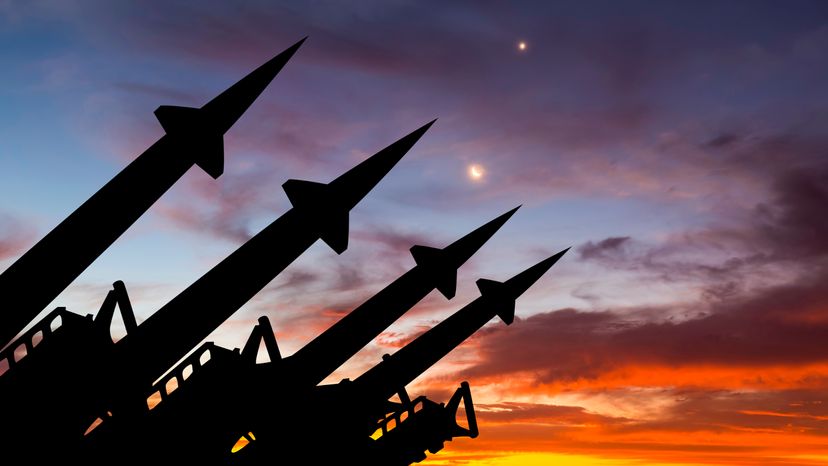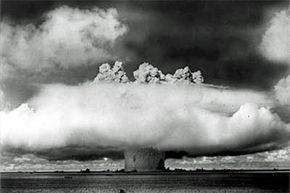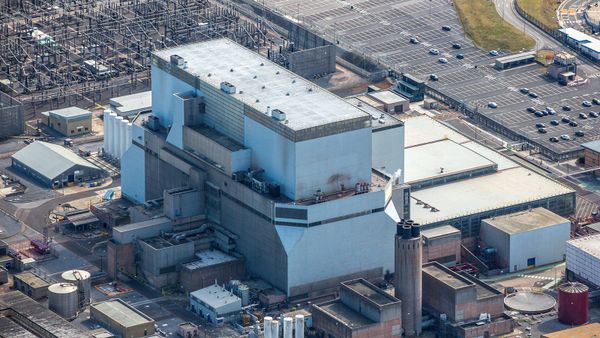
In 2006, North Korea conducted an underground nuclear test in its own territory. South Korean reports of seismic activity appeared to confirm the test. With that detonation (not to mention the subsequent 2009 test), North Korea joined the ranks of the world's atomic powers.
The official press release accompanying North Korea's 2006 test stated, "It has been confirmed that there was no such danger as radioactive emission in the course of the nuclear test."
Advertisement
But is it even possible to test a nuclear weapon to its full extent (carrying it through to its final nuclear stage instead of just simulating that final stage using conventional weaponry) without releasing some amount of radiation into the atmosphere? If past instances of nuclear testing are any indication, a safe test is possible, but even under ideal conditions there are no guarantees.


